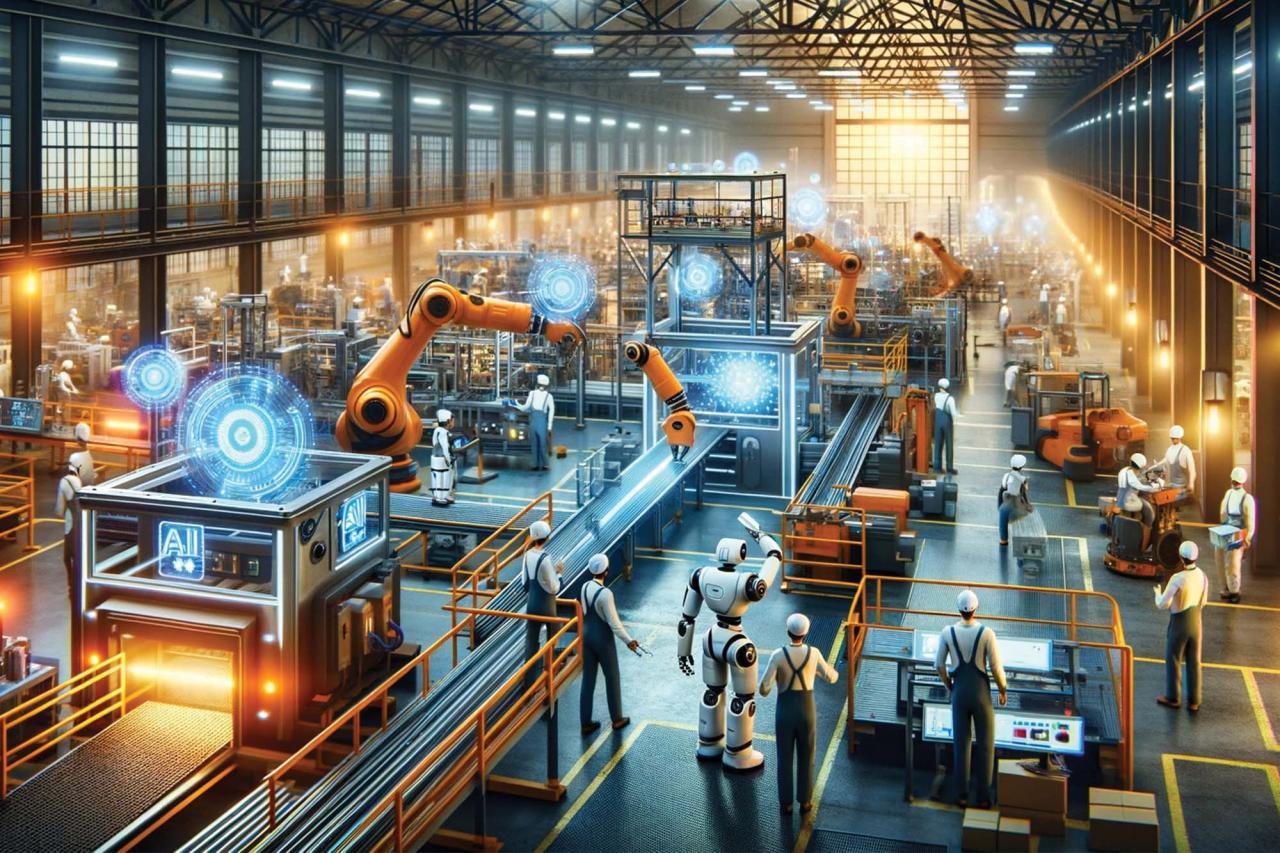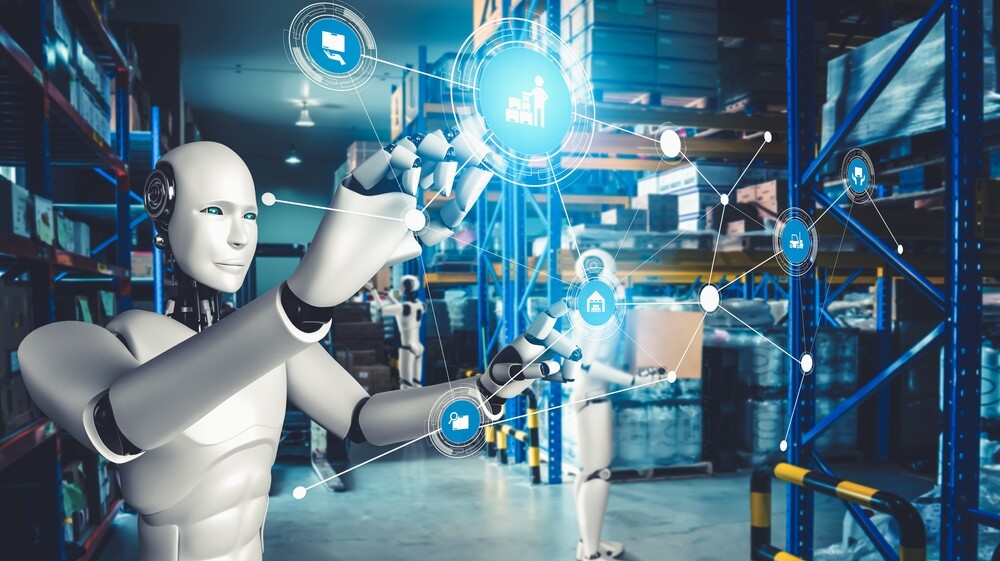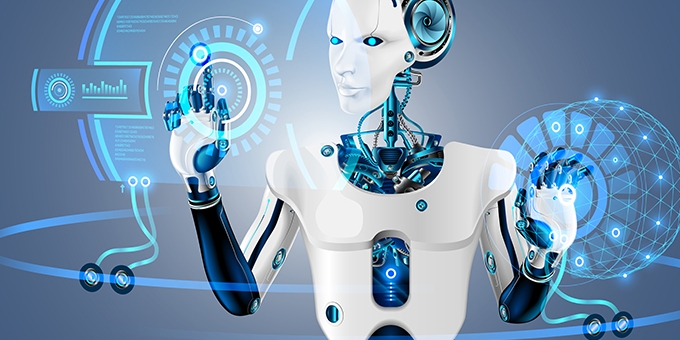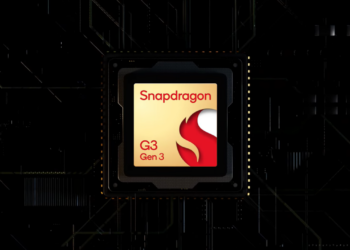Decoding the Age of Intelligent Automation
The world stands at the precipice of a seismic technological shift, driven by the emergence of Smart Robotics. This is not the clunky, repetitive industrial automation of the 20th century, but a new era defined by machines capable of learning, adapting, sensing their environment, and making complex decisions autonomously. The transition from simple, pre-programmed automatons to truly intelligent machines is what heralds The Next Industrial Revolution.
The rise of Smart Robotics is fueled by the convergence of three critical technologies: Artificial Intelligence (AI), advanced sensing systems, and increasingly sophisticated hardware. This amalgamation allows robots to move beyond isolated tasks and integrate seamlessly into human environments—from factory floors and operating rooms to homes and even space exploration. These robots are not merely tools; they are evolving partners and systems that dramatically enhance productivity, safety, and efficiency across every sector.
For businesses and innovators, understanding the intricacies of this field is paramount. This article explores the core technologies, the transformative impact on major industries, the ethical and economic challenges, and the exciting future roadmap of intelligent automation. The battle for supremacy in this multi-trillion-dollar market defines the future of work and global competition, making Smart Robotics an essential topic for high-value content.
The Technological Core of Smart Robotics
The intelligence in a smart robot is derived from a sophisticated ecosystem of software and hardware. It’s the synthesis of these components that transforms a mere machine into an autonomous, decision-making agent.
1. Artificial Intelligence (AI) and Machine Learning (ML): The Brain
AI is the central processing unit that grants a robot its “smarts,” allowing it to perceive, reason, and act intelligently.
- Deep Learning and Computer Vision: Advanced Deep Learning algorithms enable robots to interpret complex visual data from cameras (computer vision). This allows them to recognize objects, gauge distances, identify anomalies, and navigate unstructured environments—crucial for warehouse picking or medical diagnosis.
- Reinforcement Learning (RL): Robots often use Reinforcement Learning, a process where they learn optimal behavior through trial-and-error interaction with their environment. The robot is rewarded for good actions (e.g., successfully grasping an object) and penalized for poor ones, allowing for continuous, self-improvement without explicit pre-programming.
- Natural Language Processing (NLP): For service or companion robots, NLP is essential. It allows them to understand human commands, engage in conversational dialogue, and interpret subtle verbal cues, greatly enhancing human-robot interaction.
- Predictive Analytics: Smart robots use ML to analyze streams of operational data, predict potential equipment failures before they occur (predictive maintenance), and optimize operational efficiency in real-time.
2. Advanced Sensory Systems: The Eyes and Ears
A robot cannot be smart if it cannot perceive the complex, noisy real world. Advanced sensory inputs provide the rich, continuous data stream needed for intelligent decision-making.
- Lidar (Light Detection and Ranging): Lidar sensors emit laser pulses and measure the time it takes for them to return, creating highly accurate, dense 3D maps of the environment. This is indispensable for autonomous vehicles and mapping robots.
- Haptic and Force-Torque Sensors: These sensors give robots a sense of touch and feel. They measure the force applied during manipulation, allowing robots to handle fragile objects (like glassware or human tissue during surgery) without crushing them—a necessity for fine motor tasks.
- Time-of-Flight (ToF) Cameras: ToF cameras calculate distances by measuring the time light takes to travel to an object and back, providing depth information quickly and reliably, essential for gesture recognition and close-range interaction.
3. Robotics Hardware and Design: The Body
The physical body of the robot must be robust, agile, and energy-efficient to execute the commands of the intelligent software.
- Advanced Actuators and Motors: Modern robots use highly efficient, powerful, and precise electric motors (actuators) that allow for smooth, fast, and complex movements. This is a key development over older, hydraulic, or pneumatic systems.
- Soft Robotics: A revolutionary field focusing on building robots from flexible, compliant materials. Soft robots are better suited for interaction with humans or navigating delicate environments, as they are inherently safer and more adaptable to irregular shapes.
- Energy Density and Battery Technology: The ability of a robot to operate for extended periods autonomously relies heavily on high-energy-density batteries and efficient power management. Improvements here are crucial for widespread adoption of mobile and aerial robots.
Transformative Impact Across Key Industries
Smart Robotics is not confined to a single sector; its impact is pervasive, creating new efficiencies and capabilities across the global economy.
1. Manufacturing and Logistics (Industry 4.0)
The factory floor is where smart robotics first took hold, but the new generation of machines offers exponential improvements.
- Collaborative Robots (Cobots): Unlike traditional, caged industrial robots, Cobots are designed to work safely alongside human workers. They handle repetitive or physically demanding tasks while humans focus on high-level decision-making and customization, leading to significant increases in throughput and reduced human injury.
- Autonomous Mobile Robots (AMRs): AMRs navigate warehouses and factory floors using on-board sensors and maps (not relying on fixed tracks or wires). They dynamically adjust their routes to avoid obstacles, efficiently moving materials, inventory, and finished goods, optimizing the entire supply chain.
- Automated Quality Control: AI-driven vision systems can inspect products with greater speed and precision than human inspectors, identifying microscopic defects and ensuring perfect quality control on every item.
2. Healthcare and Medicine
Robotics is making surgical procedures less invasive and diagnostics more precise, fundamentally changing patient care.
- Robotic-Assisted Surgery: Systems like the da Vinci Surgical System allow surgeons to perform complex procedures with greater precision, smaller incisions, and less blood loss, leading to faster patient recovery times. The robot acts as an extension of the surgeon’s hands, filtering out tremors.
- Hospital Logistics and Service: Robots are used to transport linens, medications, and lab samples within hospitals, freeing up human staff to focus solely on direct patient care.
- Exoskeletons and Rehabilitation: Powered exoskeletons are used to assist patients with mobility impairments, helping those with spinal cord injuries or debilitating diseases walk again, and accelerating physical therapy through precise, automated movements.
3. Agriculture (Agri-Tech and Precision Farming)
Addressing global food security and sustainability is a key application for intelligent automation in farming.
- Automated Harvesting and Seeding: Specialized robots can identify and harvest ripe crops with delicacy, or precisely plant seeds at optimal spacing and depth, minimizing manual labor costs.
- Weeding and Pest Control: AI-powered robots can visually identify weeds and precisely eliminate them with micro-doses of chemicals or mechanical removal, dramatically reducing the overall use of herbicides and pesticides.
- Crop Monitoring and Data Analysis: Autonomous drones and ground robots equipped with spectral sensors monitor crop health, soil moisture, and nutrient levels across vast fields, providing farmers with actionable data for precision farming.
4. Exploration and Extreme Environments
Robots can operate where humans cannot safely or efficiently venture.
- Space and Planetary Exploration: Autonomous rovers (like NASA’s Mars Rover) perform long-duration scientific experiments and analysis in hostile, distant environments without continuous human intervention.
- Deep-Sea and Disaster Response: Submersible and aerial robots perform inspection of deep-sea infrastructure (pipelines, oil rigs) and navigate dangerous disaster zones (like collapsed buildings or nuclear sites) to search for survivors or assess damage.
 Economic and Ethical Challenges in the Robotic Age
Economic and Ethical Challenges in the Robotic Age
The integration of smart robotics on a massive scale presents complex societal and economic challenges that require careful consideration and regulation.
1. The Future of Work and Job Displacement
The most debated challenge is the potential for widespread job displacement as robots become capable of performing complex cognitive and manual tasks.
- Skills Gap and Retraining: A vast number of current jobs, particularly those that are routine, repetitive, or data-driven, are susceptible to automation. Governments and educational institutions must rapidly implement upskilling and retraining programs to prepare the human workforce for roles focused on creative problem-solving, AI maintenance, and human-robot collaboration.
- The Automation Paradox: While automation displaces certain jobs, it often creates entirely new industries, roles, and economic opportunities related to the design, construction, repair, and programming of the robots themselves. The economic benefit lies in maximizing this creation while minimizing the pain of transition.
- Universal Basic Income (UBI) Debate: The potential for a future economy with significantly reduced human labor has reignited global debates on economic policy, including the necessity of programs like Universal Basic Income or robot taxation to distribute the wealth generated by automated systems.
2. Ethical Dilemmas and Regulatory Gaps
As robots become more autonomous, the ethical and legal frameworks governing their actions become increasingly critical.
- Accountability and Liability: If an autonomous surgical robot makes an error or a self-driving car causes an accident, who is legally responsible? The programmer, the manufacturer, the owner, or the AI itself? Establishing clear lines of liability is crucial for public trust.
- Bias and Algorithmic Fairness: If the AI training data is skewed or reflects societal biases (racial, gender, etc.), the robot’s decisions (e.g., in facial recognition or loan approval processes) will perpetuate and even amplify these biases, leading to systemic unfairness.
- Human-Robot Interaction and Psychological Impact: As companion robots and robotic caregivers become more common, concerns arise about the psychological impact on humans forming emotional bonds with non-living entities, particularly among the elderly or children.
3. Cybersecurity and Safety Vulnerabilities
A network of intelligent, connected robots presents a massive new attack surface for cyber threats.
- Systemic Risk: A vulnerability in a single foundational AI model or operating system could allow a malicious actor to compromise thousands of robots simultaneously, causing catastrophic industrial accidents or critical infrastructure failures.
- Data Security and Privacy: Robots operating in homes, hospitals, or private industrial settings constantly collect sensitive data (images, locations, operations). Protecting this massive volume of data from unauthorized access is a top priority.
- Safety Protocols and Failsafes: Developing robust, redundant physical and software failsafes is paramount to ensure that robotic systems can be manually overridden or safely shut down in the event of an unforeseen malfunction or malicious attack.
 The Future Roadmap: Robotics 5.0
The Future Roadmap: Robotics 5.0
The trajectory of smart robotics points toward machines that are more integrated, empathetic, and intelligent than ever before, leading toward an era often termed Robotics 5.0.
1. Hyper-Personalization and Empathy
Future robots will be designed not just to complete tasks, but to tailor their performance to individual human needs and emotional states.
- Emotional Intelligence: Researchers are working on AI systems that can read and respond appropriately to human emotion (based on voice inflection, facial expressions, and body language). This is vital for companion robots and advanced customer service systems.
- Dynamic Task Adaptation: Robots will move beyond pre-trained skills and be able to learn a new, complex task simply by observing a human performing it once, rapidly adapting to changes in workflow or environment.
- Augmented Human Capabilities: The next generation will focus on systems that don’t replace humans but augment their capabilities, such as advanced wearable robotic devices that give workers extra strength or endurance.
2. Swarm Robotics and Decentralized Systems
Future large-scale operations will involve not just single robots, but massive, coordinated groups of machines acting collectively.
- Collective Intelligence: Swarm Robotics focuses on the behavior of large numbers of relatively simple robots interacting locally to achieve a complex, global goal (e.g., constructing massive structures or searching large areas). This resilience and redundancy make the system robust against individual failures.
- Decentralized Control: These systems often rely on decentralized control, meaning there is no single master controller. Each robot follows simple rules based on its nearest neighbors, mimicking natural phenomena like ant colonies or bird flocks.
- Real-World Applications: Swarms are ideal for environmental cleanup, synchronized delivery services, and complex, dynamic construction projects where flexibility and redundancy are vital.
3. The Cognitive Shift: From Tools to Partners
The most profound change will be the philosophical shift in how we view these machines.
- Intuitive Programming Interfaces: Programming robots will move away from complex code to intuitive, human-centric interfaces, allowing non-specialists to customize and deploy robotic tasks simply through verbal commands or demonstrations.
- AI Reasoning and Planning: The next generation of robotic AI will possess improved general-purpose reasoning capabilities, allowing them to handle unforeseen scenarios and plan long-term missions with limited human input.
- The Seamless Integration: Ultimately, the future involves a seamless integration of robots into the daily fabric of life, making their presence felt not as disruptive technology, but as intuitive, intelligent partners in our homes, workplaces, and public spaces.
The journey toward pervasive Smart Robotics is well underway. This revolution promises unimaginable productivity gains and a massive increase in quality of life, but it demands global cooperation to manage the resulting economic transitions and establish ethical boundaries. The race for intelligent automation is one of the most critical and highest-value technological pursuits of the 21st century.












